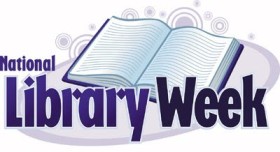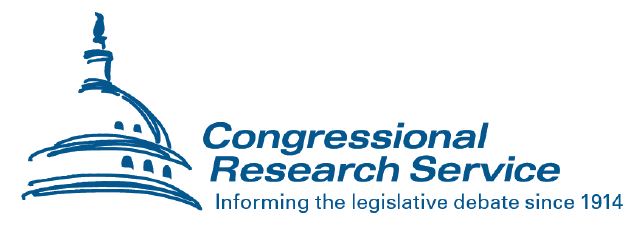April 28, 2017
by Eric Yap
 The inaugural March for Science was organized to coincide with Earth Day on April 22, 2017. Tens of thousands of people rallied in Washington, DC and over 600 other locations across the globe. The organizers were motivated by what they saw as the Trump administration’s hostility to science on a variety of issues. These ranged from Trump’s own statements denying climate change, to the anti-science posture of officials appointed to key federal agencies such as the Environmental Protection Agency (EPA) and Energy Department, to proposed funding cutbacks at the National Institutes of Health.
The inaugural March for Science was organized to coincide with Earth Day on April 22, 2017. Tens of thousands of people rallied in Washington, DC and over 600 other locations across the globe. The organizers were motivated by what they saw as the Trump administration’s hostility to science on a variety of issues. These ranged from Trump’s own statements denying climate change, to the anti-science posture of officials appointed to key federal agencies such as the Environmental Protection Agency (EPA) and Energy Department, to proposed funding cutbacks at the National Institutes of Health.
From the time Trump was elected president, scientists and their allies have had serious concerns about how this would affect the federal government’s policies on science. One of their deepest fears is losing access to the vast amount of scientific data maintained by the federal government and made available to the public. The Obama presidency was committed to open data. Under the Obama administration, “increasing access to scientific data and research findings generated by Federal agencies or resulting from Federally funded research” was viewed as a policy priority. This policy has been reversed since Trump took office.
For example, Victoria Herrmann, an Arctic researcher, reported that the U.S. National Strategy for the Arctic, Implementation Plan for the Strategy, and reports about progress, disappeared from government websites the day after Trump’s inauguration. She stated that the months that followed have been “transformed into a slow, incessant march of deleting datasets, webpages and policies about the Arctic.” Other reports indicate that while outright deletion remains relatively uncommon, the new administration is making data harder to find, and will soon be cutting funding to the point where collecting data becomes difficult for federal agencies.
In response to these concerns, scientists, programmers, librarians, academics, and others have gathered in locations across North America at “data rescue” events organized by groups such as Data Refuge and the Environmental Data and Governance Initiative (EDGI).  These gatherings are essentially hackathons during which participants endeavor to download, save, and archive scientific data maintained by the government. Event organizers face continuing technical and logistical challenges, including: developing broadly-applicable tools that can be used to extract data from a variety of government websites, confirming the integrity of the data, securing sufficient long-term storage, documenting the chain of custody, and developing procedures to facilitate future public access.
These gatherings are essentially hackathons during which participants endeavor to download, save, and archive scientific data maintained by the government. Event organizers face continuing technical and logistical challenges, including: developing broadly-applicable tools that can be used to extract data from a variety of government websites, confirming the integrity of the data, securing sufficient long-term storage, documenting the chain of custody, and developing procedures to facilitate future public access.
Amidst the ongoing data rescue efforts, it was widely reported that in the event of a government shutdown, on April 28, 2017 the EPA would take down their Open Data portal that provides data on climate change, pollution, and public health. The EPA subsequently responded that the portal would not be updated, but would not go dark in the event of a shutdown. This episode nonetheless raised an important question: can federal government agencies like the EPA simply delete data or deny public access to the data they maintain?
On this issue, federal agencies are constrained by statutory and administrative regulations. The Paperwork Reduction Act states that government agencies must “provide adequate notice when initiating, substantially modifying, or terminating significant information dissemination products.” 44 U.S.C. § 3506(d)(3). The Federal Records Act (FRA) further limits how federal agencies can dispose of data. The FRA broadly defines records to include “all recorded information, regardless of form or characteristics, made or received by a Federal agency under Federal law or in connection with the transaction of public business and preserved or appropriate for preservation by that agency or its legitimate successor as evidence of the organization, 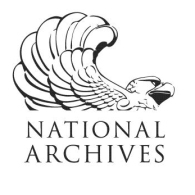 functions, policies, decisions, procedures, operations, or other activities of the United States Government or because of the informational value of data in them.” 44 U.S.C. § 3301(a)(1)(A). The statute requires permanent records, i.e. those of continuing value, to be preserved and deposited in the National Archives and Records Administration (NARA). NARA has provided administrative guidance on how scientific, environmental, and technical data can be appraised and preserved. Notably, on December 22, 2016, NARA sent all federal agencies a memorandum on preservation of federal records that stated: “In many cases, websites contain databases or datasets. We remind agencies that such data, or the systems in which they reside, must be scheduled as Federal records.”
functions, policies, decisions, procedures, operations, or other activities of the United States Government or because of the informational value of data in them.” 44 U.S.C. § 3301(a)(1)(A). The statute requires permanent records, i.e. those of continuing value, to be preserved and deposited in the National Archives and Records Administration (NARA). NARA has provided administrative guidance on how scientific, environmental, and technical data can be appraised and preserved. Notably, on December 22, 2016, NARA sent all federal agencies a memorandum on preservation of federal records that stated: “In many cases, websites contain databases or datasets. We remind agencies that such data, or the systems in which they reside, must be scheduled as Federal records.”
It is still an open question as to whether these laws have any teeth. Patrice McDermott, the author of Who Needs to Know? The State of Public Access to Federal Government Information (2007), recently stated that while the Federal Records Act makes it an offense to knowingly and arbitrarily destroy government records, “No one — NO ONE, period! – has ever been prosecuted for doing it.” Moreover, in Kissinger v. Reporters Committee, 445 U.S. 136 (1980), the U.S. Supreme Court held that the Federal Records Act was created to benefit the federal government and its agencies, ruling that the statute contains neither an express nor an implied private right of action.
The battle over science policy and scientific data also rages on in the political arena. Rep. Betty McCollum (D-MN) has introduced H.R. 1232: “Save America’s Science Act” to require Federal agencies to maintain and preserve their data assets — even as other proposed bills make their way through Congress which purport to promote transparency in scientific research but would gut the efforts of the EPA if passed, according to critics.
Data rescue events continue to be organized across the country, and it remains to be seen how effective they will be in scaling up the extraction and archiving of data. These efforts have, at the very least, brought visibility to the importance of ensuring public access to the treasure trove of scientific data maintained by the federal government.



 I recently attended the Federal Depository Library Program (FDLP) Conference in Arlington, Virginia, October 16 – 18, 2017. This annual conference brings together federal depository librarians throughout the country, and allows them to meet with and hear from the Depository Library Council (DLC), the Superintendent of Documents, and the staff of the Government Publishing Office (GPO). These entities supervise and offer guidance to the libraries in the federal depository program.
I recently attended the Federal Depository Library Program (FDLP) Conference in Arlington, Virginia, October 16 – 18, 2017. This annual conference brings together federal depository librarians throughout the country, and allows them to meet with and hear from the Depository Library Council (DLC), the Superintendent of Documents, and the staff of the Government Publishing Office (GPO). These entities supervise and offer guidance to the libraries in the federal depository program.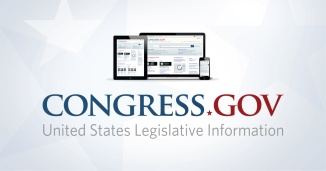
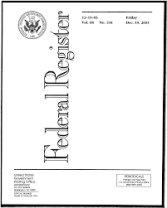
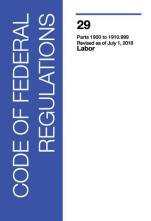
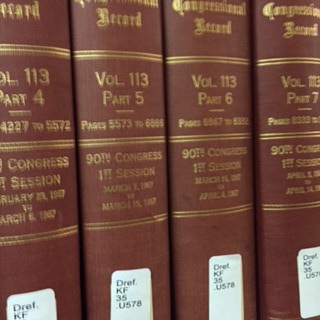
 The inaugural March for Science was organized to coincide with Earth Day on April 22, 2017. Tens of thousands of people rallied in Washington, DC and
The inaugural March for Science was organized to coincide with Earth Day on April 22, 2017. Tens of thousands of people rallied in Washington, DC and  These gatherings are essentially hackathons during which participants endeavor to download, save, and archive scientific data maintained by the government. Event organizers face continuing technical and logistical challenges, including: developing broadly-applicable tools that can be used to extract data from a variety of government websites, confirming the integrity of the data, securing sufficient long-term storage, documenting the chain of custody, and developing procedures to facilitate future public access.
These gatherings are essentially hackathons during which participants endeavor to download, save, and archive scientific data maintained by the government. Event organizers face continuing technical and logistical challenges, including: developing broadly-applicable tools that can be used to extract data from a variety of government websites, confirming the integrity of the data, securing sufficient long-term storage, documenting the chain of custody, and developing procedures to facilitate future public access.  functions, policies, decisions, procedures, operations, or other activities of the United States Government or because of the informational value of data in them.”
functions, policies, decisions, procedures, operations, or other activities of the United States Government or because of the informational value of data in them.” 